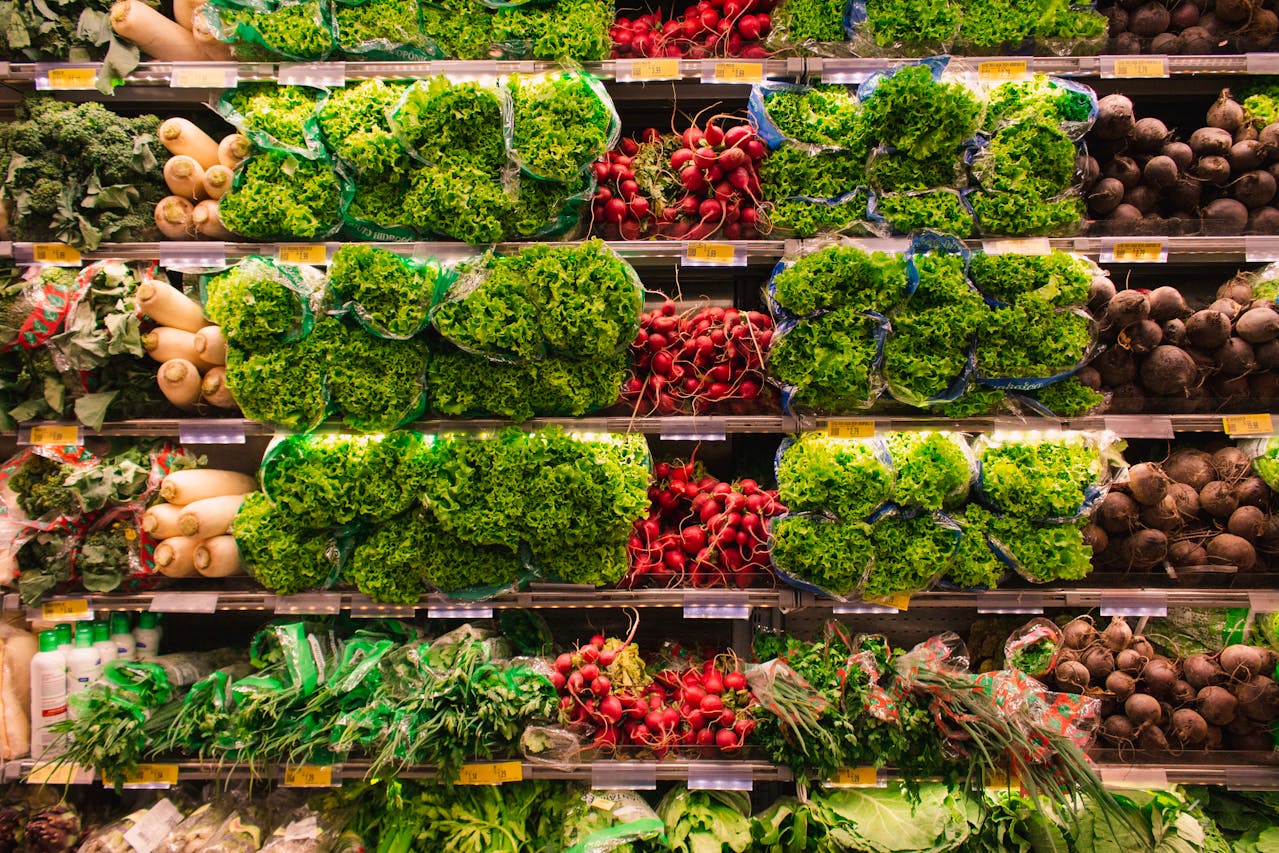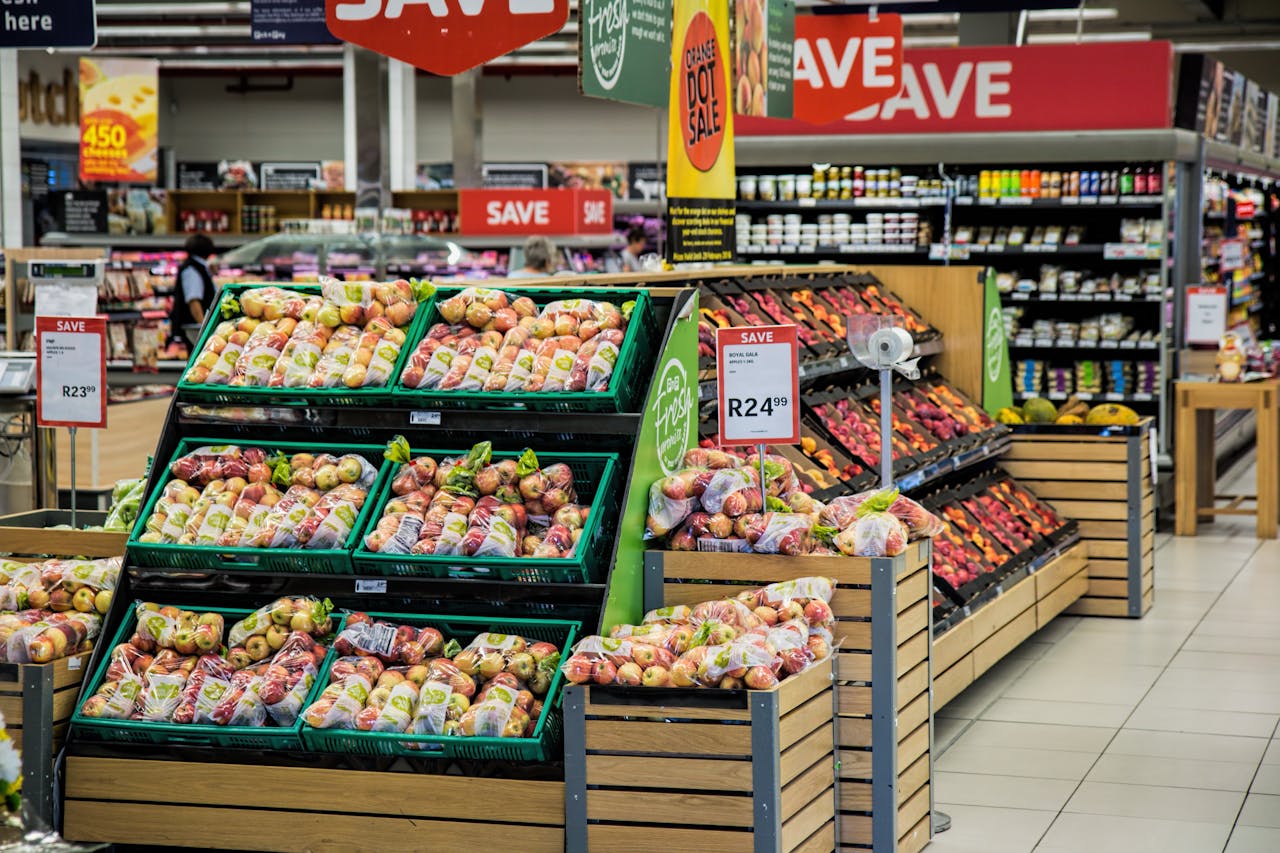Have you ever wondered why your grocery list attracts so much attention from retailers? Every time you shop online or in-store, your choices are quietly tracked, analyzed, and used to shape your future shopping experience. The retail industry’s hidden obsession with your grocery list isn’t just about selling you more products—it’s about understanding your habits, predicting your needs, and influencing your decisions in ways you might not even notice. This matters because your grocery list is more than a collection of items; it’s a window into your lifestyle, preferences, and values. By understanding how retailers use your grocery list, you can shop smarter, protect your privacy, and make choices that truly benefit you.

1. Your Grocery List Is a Data Goldmine
Retailers see your grocery list as a treasure trove of information. Every item you add, from milk to organic kale, tells them about your household, dietary preferences, and health goals. This data is collected through loyalty programs, digital receipts, and online shopping carts. Retailers use sophisticated algorithms to analyze your purchases, looking for patterns that reveal not just what you buy, but when and why. This information helps them predict your future needs and tailor their marketing efforts accordingly. For example, if you regularly buy gluten-free products, you might start seeing more gluten-free promotions in your inbox or app. The more you shop, the more detailed your profile becomes, making your grocery list a powerful tool for retailers to understand and influence your behavior.
2. Personalized Promotions Are No Accident
Have you noticed that the coupons and deals you receive seem almost eerily relevant? That’s no coincidence. Retailers use the data from your grocery list to create highly personalized promotions designed to tempt you back into the store or onto their website. These offers aren’t just random discounts but carefully crafted to match your shopping habits and preferences. If you often buy a certain brand of coffee, you might get a coupon for that brand or a similar one. This targeted approach increases the likelihood that you’ll use the coupon, boosting sales and customer loyalty. This can mean real savings for shoppers, but it also means your grocery list is constantly being mined for marketing opportunities.
3. Dynamic Pricing and Inventory Management
Your grocery list doesn’t just influence what coupons you get—it can also affect the prices you see and the products available on the shelves. Retailers use aggregated shopping data to adjust prices in real time, a practice known as dynamic pricing. If a particular item is in high demand among shoppers like you, the price might go up, or the store might stock more of it to meet demand. Conversely, if an item isn’t selling, you might see a sudden price drop or a special promotion. This behind-the-scenes adjustment helps retailers maximize profits and minimize waste, but it also means your grocery list plays a direct role in shaping the shopping experience for everyone.
4. The Rise of Predictive Shopping
Retailers are increasingly using your grocery list to anticipate your needs before you even realize them. Predictive shopping technology analyzes your past purchases to forecast what you’ll need next, sometimes even suggesting items you forgot to add to your list. Some online grocery services now offer “smart lists” that automatically populate with your most frequently purchased items, making shopping faster but also subtly steering your choices. While this can be convenient, it also raises questions about how much control you have over your own shopping habits. Are you buying what you need, or what the algorithm thinks you want?

5. Privacy Concerns and Data Security
Privacy becomes a major concern with so much personal information tied to your grocery list. Retailers collect and store vast amounts of data, and while most claim to protect your information, data breaches and misuse are always a risk. Some shoppers are uncomfortable with the idea that their grocery habits are being tracked so closely, especially when it comes to sensitive purchases like medications or specialty diet items. To protect your privacy, consider using cash for certain purchases, opting out of loyalty programs, or reviewing the privacy settings on your favorite grocery apps. Being aware of how your data is used empowers you to make informed choices about what you share.
6. How to Use This Knowledge to Your Advantage
Understanding the retail industry’s obsession with your grocery list can help you become a more savvy shopper. Use personalized promotions to save money on items you actually need, but don’t let targeted marketing push you into unnecessary purchases. Be mindful of dynamic pricing and shop around for the best deals, especially on big-ticket grocery items. Take control of predictive shopping features by regularly reviewing and updating your lists, ensuring they reflect your true needs. Most importantly, stay informed about your privacy rights and take steps to protect your data whenever possible.
Your Grocery List: More Powerful Than You Think
Your grocery list is more than just a reminder of what you need—it’s a powerful tool that shapes your shopping experience and influences the entire retail industry. By understanding how retailers use your list, you can make smarter choices, protect your privacy, and even turn the tables to get better deals. The next time you jot down your grocery needs, remember that you hold more power than you realize.
How do you feel about retailers using your grocery list to shape your shopping experience? Share your thoughts in the comments below!
Read More
5 Ways Your Partner’s Grocery Choices Could Be a Red Flag
10 Grocery Items That Could Secretly Start a Fight With Your Partner
The post The Retail Industry’s Hidden Obsession With Your Grocery List appeared first on Grocery Coupon Guide.







